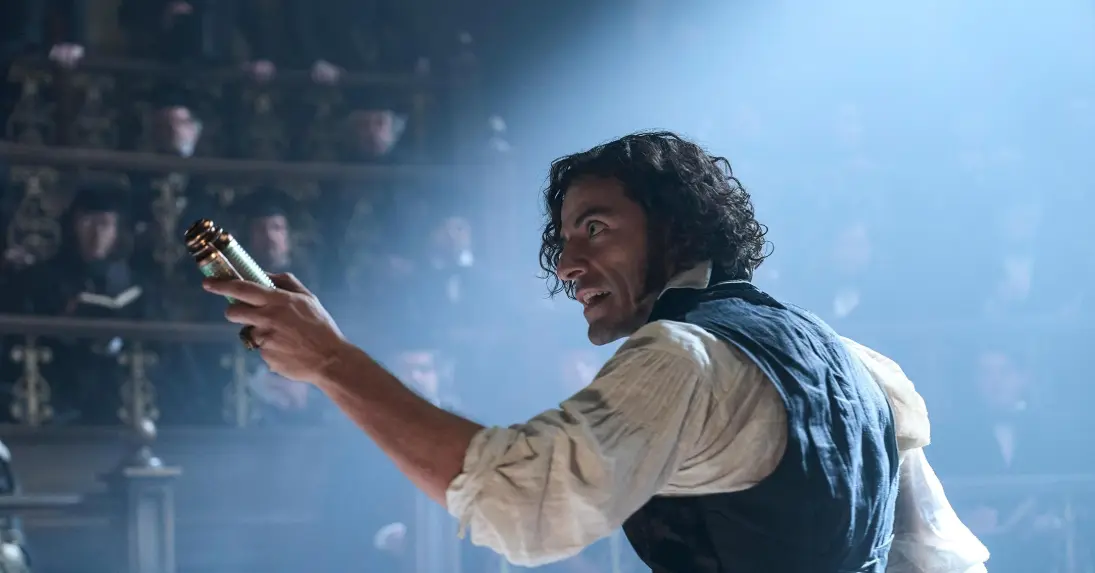When production designer Tamara Deverell first walked through the nearly finished set of Victor Frankenstein’s laboratory, she couldn’t help herself.
It was a massive lab perched atop an ancient Scottish stone tower, with a large circular window letting in light over a space filled with ornate machinery—and a misshapen body laid out on the operating table. “I walked into the set as we were finishing it and thought, ‘It’s alive!’” she recalls.
When making Frankenstein, it’s hard to resist the metaphors. Cinema itself is a kind of Frankenstein’s art form—each piece of production, from costumes and set design to lighting and music, stitched together into a single living body.
Guillermo del Toro’s new adaptation is a feast of cinematic craftsmanship, assembled with the artisanal knowledge of old-school Hollywood. The filmmaker reunited many of his long-time collaborators to turn his vision of Frankenstein into something truly alive and breathing.
“I wanted a handmade film on an epic scale,” Del Toro said. “The sets are huge. The costumes, the design, and the props are all crafted by human hands.” Costume designer Kate Hawley could create the richest, most colorful dress—but if it didn’t work under Dan Laustsen’s chosen lighting, it wouldn’t make the cut. Creature designer Mike Hill couldn’t bring the monster to life without sculpting it around actor Jacob Elordi.
In Frankenstein, Del Toro sought to honor both the feverish spirit of creation embodied by Victor Frankenstein (Oscar Isaac) and to exalt the Creature (Jacob Elordi), a character with whom he has long felt a deep personal connection.
Hill’s collaboration with Del Toro began years ago—not on a film, but on a private commission: a model of Boris Karloff in makeup for the 1931 Frankenstein. In Del Toro’s films, creatures are often the very soul of the story.
For this version, Del Toro and Hill didn’t want a grotesque monster covered in stitches. They wanted a newborn.
This new Creature differs greatly from the 1931 original. No bolts. No visible seams. Nothing mechanical. It looks more like a being of flesh and bone—raw and unfinished.
One of the most striking features is the tattered hooded cloak the Creature wears. Costume designer Kate Hawley explained that the goal was to avoid a period look and create something timeless, almost mythic.
Cinematographer Dan Laustsen noted that much of their creative process remains the same as when he first worked with Del Toro on Mimic (1997): “single-source lighting through windows, crane-assisted camera movement, practical effects whenever possible, and a love for wide angles and deep shadows.”
“We’re not afraid of the dark,” Laustsen said proudly. “We’re not soft-light guys. The light had to have character—we like contrast.”
Together, Laustsen and Del Toro have developed such a tight creative shorthand that they instinctively understand how each shot will connect and how the movement will flow—an artistic symbiosis that, much like Frankenstein’s creation itself, breathes life into the extraordinary.



